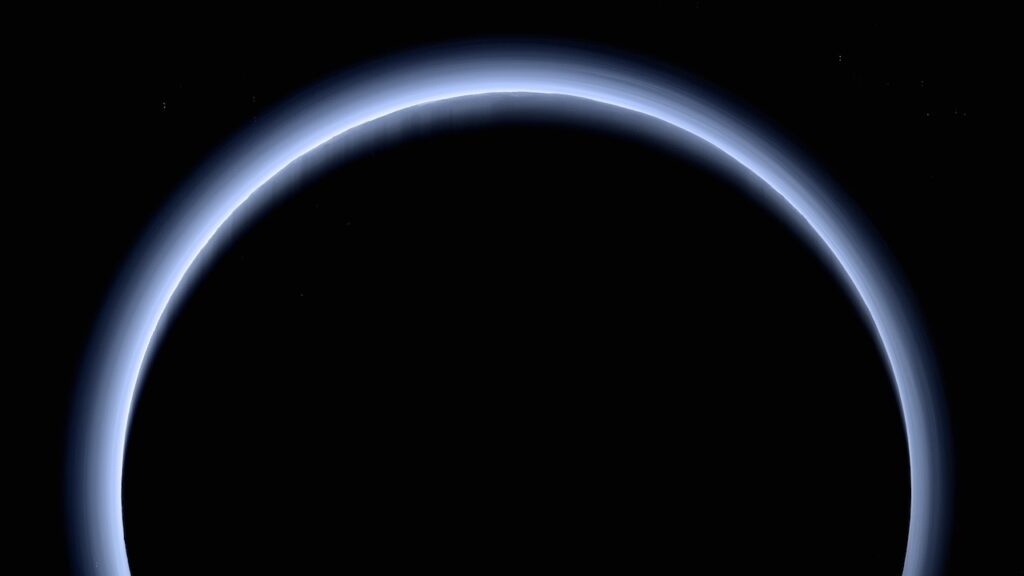A recent research paper suggests that a planet may exist far beyond Neptune — less than 20 years after the previous ninth planet, Pluto, was demoted.
That research paper, accepted last month for publication in the Publications of the Astronomical Society of Australia, suggests that a Neptune-sized planet lies within the Kuiper Belt, an expanse of icy debris surrounding the solar system.
Hints of this object, dubbed by the researchers as Planet Nine, were found in two photos taken by two infrared space telescopes in 1983 and 2006, the paper stated.
Two researchers, National Tsing Hua University astronomy graduate student Terry Long Phan and his Ph.D. advisor Tomotsugu Goto, looked at the photos and found that it was enough time for a mysterious object in those photos to have moved.
After they removed known sources such as stars from the photos, Phan and Goto noticed a dot with matching colors and brightness.
The hypothesized planet’s orbit around the sun would likely take around 10,000 years, California Institute of Technology astronomers Mike Brown and Konstantin Batygin told Science. Brown and Batygin were not part of the Planet Nine research team, but both men previously suggested a “Planet X” existed in the far reaches of the solar system.
“It’s kind of fun that a paper that purports to find a candidate for Planet Nine is really finding something that would basically say that we were wrong the entire time,” Brown said to the scientific news website.
Elsewhere, there are doubts. University of Regina astronomer Samantha Lawler told Science that Planet Nine‘s existence would be “really cool … But I’m not convinced, with current data, that you can‘t just go with the simplest explanation.”
Phan and Goto will have to wait until later this year for more evidence of their findings, as the Vera C. Rubin Observatory in the Atacama Desert in Chile is expected to scan the night sky, Science reported. With enough detail taken by the observatory’s large digital camera, it could detect the ninth planet.


